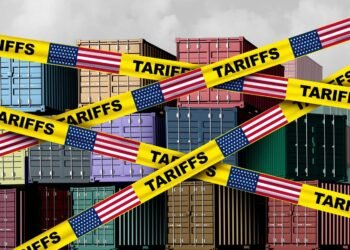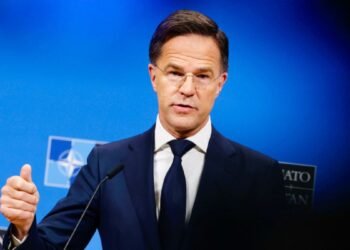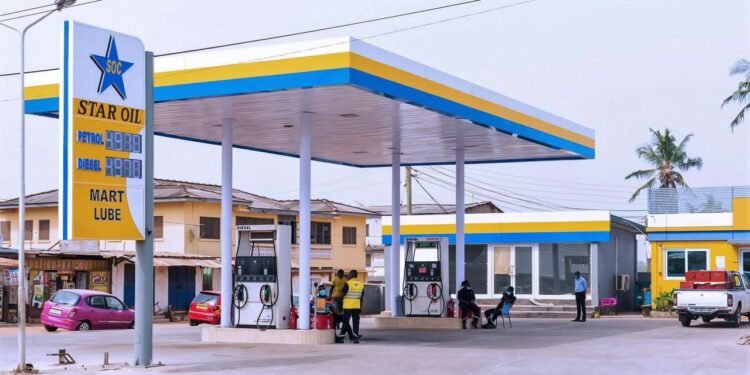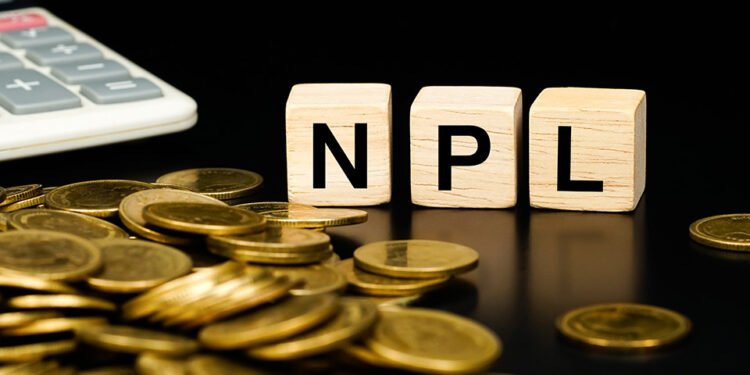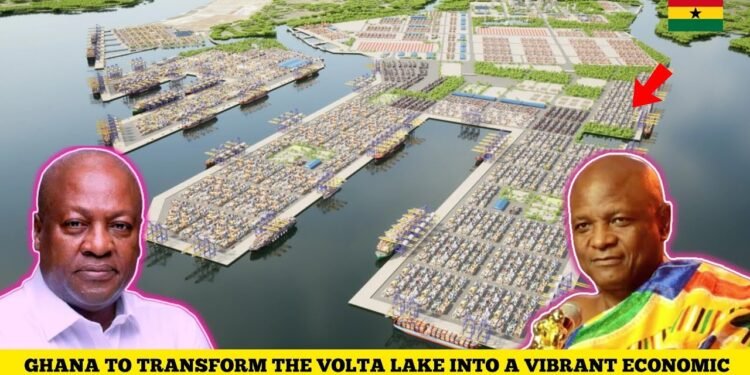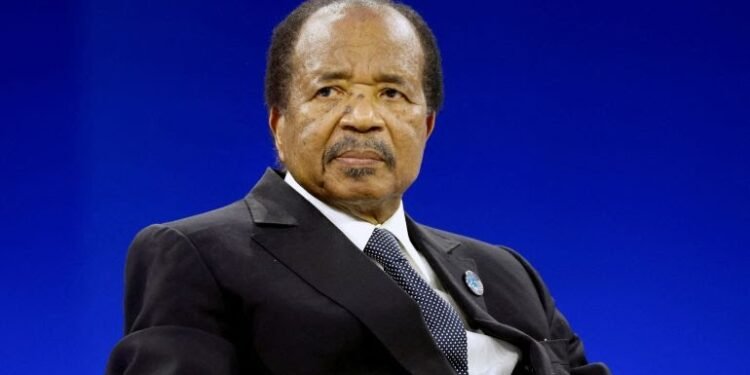David Malpass, the President of the World Bank, has stated that the Bank is not considering giving up its top-tier credit rating, but will rather leverage it as a means to expand lending in a bid to revamp its business model to address climate change and other global crises.
In a briefing on the World Bank’s latest economic forecasts, the World Bank President noted that some non-profit groups have urged the bank to accept a lower credit rating, arguing that this would unlock significant amounts of funding to help developing countries invest in clean energy and climate adaptation and address other pressing global needs such as pandemic preparedness and food security.
“The triple-A rating is very important to the financial stability of the bank, and also is a huge benefit to the clients, because we pass on the benefits of that good credit rating to them through our low borrowing costs.”
David Malpass
AAA Rating to Stay
The development lender noted it will explore options like a potential new capital increase, changes to its capital structure to unlock more lending, and new financing tools such as guarantees for private sector loans and other ways to mobilize more private capital, according to the document.
But the World Bank Group (WBG) iterated that it is not ready to bow to demands from some non-profit organizations to abandon its longstanding top-tier credit rating to boost lending, stating that “Management will explore all options that increase the capacity of the WBG whilst maintaining the AAA rating of the WBG entities.”
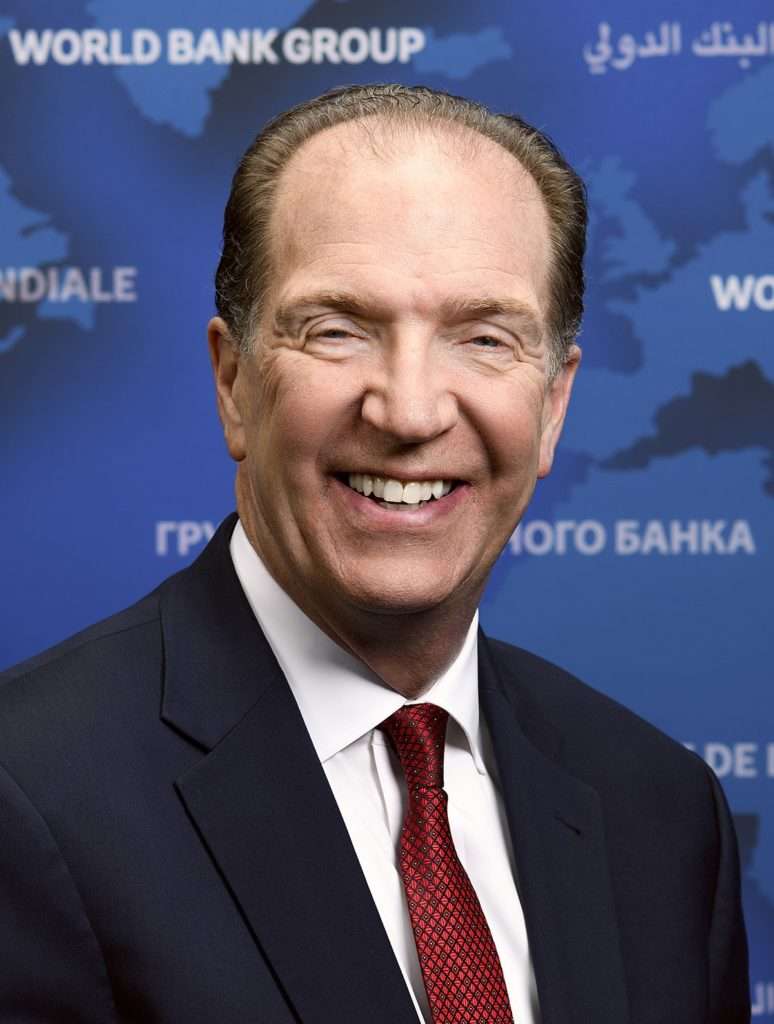
U.S. Treasury Secretary Janet Yellen has called for the World Bank and others to revamp their business models to boost lending and harness private capital to fund investments that more broadly benefit the world, such as helping middle-income countries transition away from coal power.
David Malpass disclosed that the World Bank is discussing an “evolution road map” with its board this week to meet calls from the United States and other shareholders to vastly expand its role in climate finance and elsewhere. He thus stated that the talks are going well.
Malpass noted that the bank is exploring various other ways to expand its balance sheet, including using callable capital– funds pledged but not paid in by shareholding governments, as well as new forms of leverage, capital increases, or bigger contributions to the bank’s fund for the poorest countries.
Proposals Under Consideration
The bank said proposals under consideration include higher statutory lending limits, lower equity-to-loan requirements, and the use of callable capital-money pledged but not paid in by member governments for lending.
Development experts indicated that this shift would greatly increase the amount of lending compared to the current capital structure, which only utilizes paid-in capital.
“The challenges the world is facing calls for a massive step-up in the international community’s support. For the WBG to continue to play a central role in the development and climate finance, it will need a concerted effort by both shareholders and management to step up WBG financing capacity.”
David Malpass
Meanwhile, the roadmap document cautions that a build-up of lending for climate change, health care, food security, and other needs may require a capital increase to boost the capacity of the World Bank’s middle-income lending arm, the International Bank for Reconstruction and Development (IBRD).
The roadmap also offers the option of creating a new concessional lending trust fund for middle-income countries that would focus on global public goods and be similar in structure to IDA, with regular funding replenishments that would be separate from the bank’s capital structure.
READ ALSO: A Disappointing Outing for Ghana Stock Exchange as Major Indices End in Red






